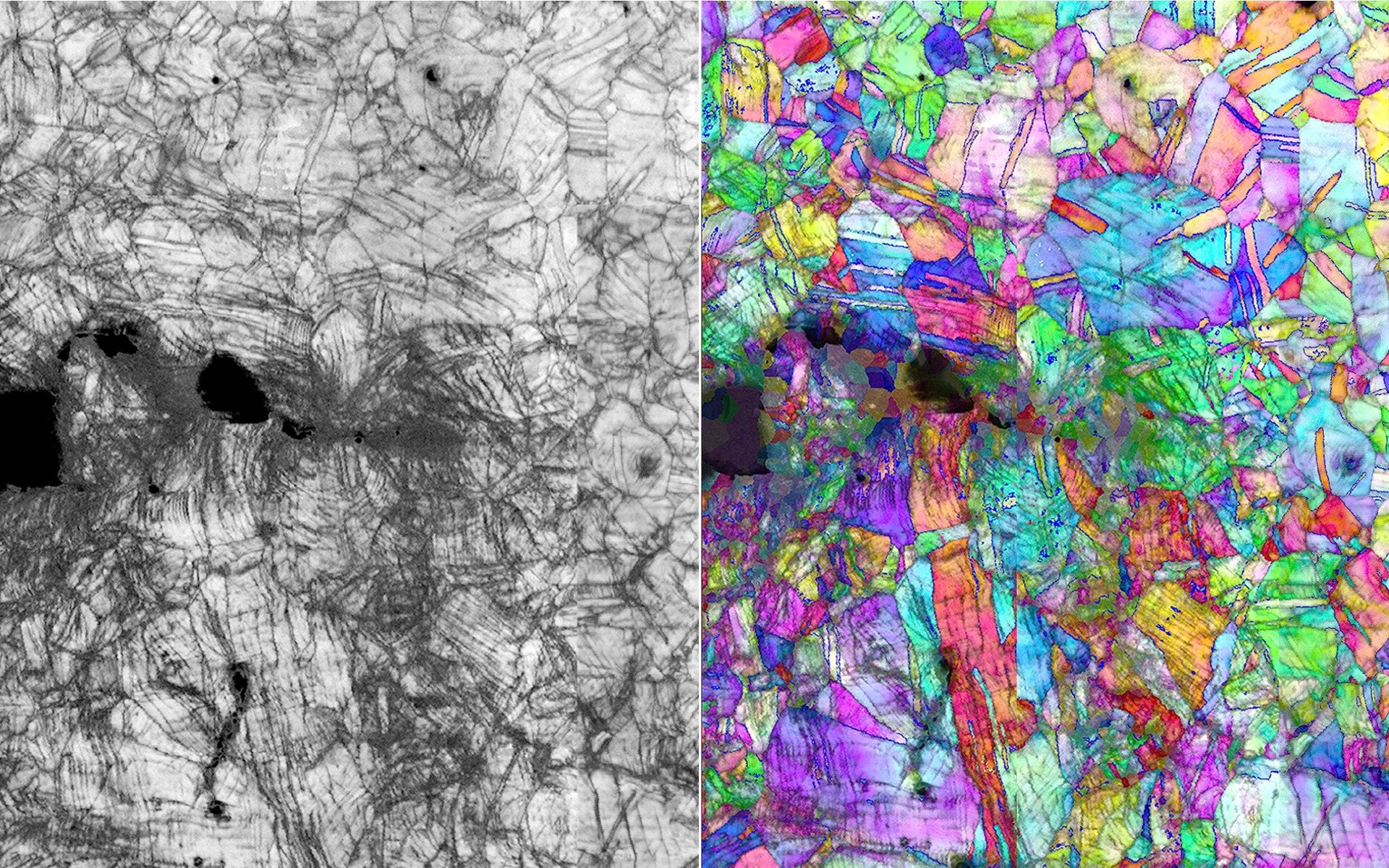Pioneering the World’s Most Advanced Digital Camera
Researchers have recently completed the assembly of the world’s most extensive digital camera, boasting 3.2 billion pixels, designed for investigating cosmic phenomena. Dubbed LSST, this camera underwent a nine-year development process. Positioned at the Vera C. Rubin Observatory, it is slated for a decade-long observation stint focusing on the southern celestial sphere.
Exploring the Mysteries of Space and Time
The LSST camera, weighing in at 2.8 tonnes, sets a record as the largest digital camera. Its mission is to delve into the mysteries of space and time, probing topics such as dark matter, dark energy, the expansion of the universe, and the genesis of galaxies.
Unlocking the Universe’s Secrets
Over the course of a decade, the LSST is projected to accumulate an immense reservoir of information. Researchers will analyze this data for new insights into the universe. It will help understand dark energy, which accelerates the universe’s expansion, and search for dark matter, comprising 85% of cosmic matter. Additionally, the data will also aid in studying the changing night sky, the Milky Way, and our solar system.
“With the completion of the unique LSST Camera at SLAC and its imminent integration with the rest of Rubin Observatory systems in Chile, we will soon start producing the greatest movie of all time and the most informative map of the night sky ever assembled,” said Director of Rubin Observatory Construction and University of Washington professor Željko Ivezić.

The camera will sit atop Rubin Observatory’s Simonyi Survey Telescope high in the Andes of Chile. Credit: Rubin Observatory/National Science Foundation/AURA
The Resolution Revolution:
However, according to Aaron Roodman, a professor at SLAC and Deputy Director and Camera Program Lead at the Rubin Observatory, the camera’s most significant attribute is its resolution. It is so immense that displaying just one of its images in full size would necessitate hundreds of ultra-high-definition TVs.
“Its images are so detailed that it could resolve a golf ball from around 15 miles away, while covering a swath of the sky seven times wider than the full moon. These images with billions of stars and galaxies will help unlock the secrets of the universe.”







